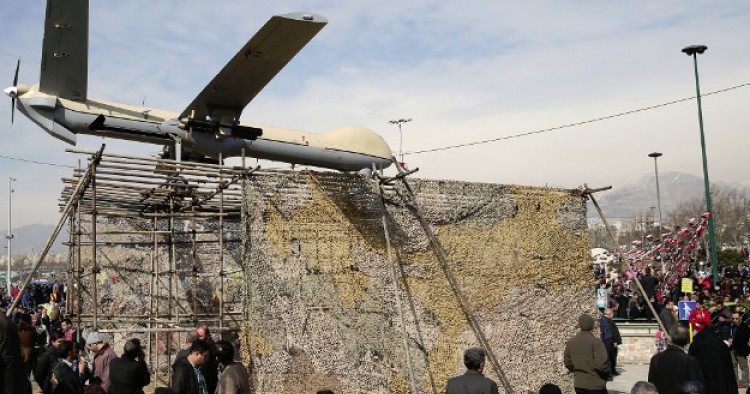Afghan officials say they are investigating reports that an unmanned aerial vehicle has recently entered western Afghanistan from Iran. Jilani Farhad, the spokesman of western Herat Province, said the governor’s office has been informed about the incident and is probing the case to find out which country the drone belonged to. Some Afghan media outlets have alleged that the drone was Iranian and it disappeared after local Afghan forces fired at it. The Iranian government has not reacted to the reports. The news comes at a time when Iranian officials have on several occasions complained that the U.S. military forces in Afghanistan send “spy drones” inside Iran for surveillance purposes.
Comment: While details of the alleged Iranian drone flying into Afghanistan are not known yet, it certainly adds to worries in Afghanistan about Iran’s destabilizing role in the country. According to Afghan officials, the Iranian government has deepened its ties with the Taliban leadership and increasingly funds, shelters and arms terrorists fighting in Afghanistan, particularly in the three western provinces bordering Iran. They allege that the Islamic Revolution Guards Corps (I.R.G.C.) and its secretive Quds Force operatives recruit militants from across Afghanistan and run terrorist training camps for them inside the Iranian territory – further fueling the insurgency and complicating stabilization efforts in the war-ravaged country.
Afghan officials in western Afghanistan also accuse Iran of using the Taliban to obstruct the construction of water dams in southern and western provinces. “As the agreement for the construction of Bakhtabad dam [in Farah] was finalized, their [Iran’s] support [to the Taliban] increased and the Taliban are threatening Farah’s security with more sophisticated weapons so that work on the Bakhshabad’s dam does not begin,” said Jamila Amini, the head of Farah’s provincial council. Some Afghan officials allege that Iran’s support for the Taliban in Helmand Province, in addition to hurting U.S. troops still stationed in southern Afghanistan, is aimed at ensuring the free flow of Helmand River water into Iran. The Iranian province of Sistan and Baluchistan has been grappling with worsening water shortages and Iranian officials have recently stated that the work on the second phase of the British-built Kajaki dam in Helmand is “extraordinarily worrying to Iran.”
The Middle East Institute (MEI) is an independent, non-partisan, non-for-profit, educational organization. It does not engage in advocacy and its scholars’ opinions are their own. MEI welcomes financial donations, but retains sole editorial control over its work and its publications reflect only the authors’ views. For a listing of MEI donors, please click here.













